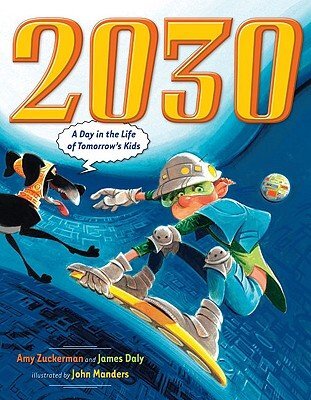Activity:
With your child, cut out images from the materials you have at hand. Then collage those images to create a representation of the empathetic future your child wants to help build. This is essentially a vision board, except instead of envisioning just what they want for themselves, you should encourage your children to visualize what they want for the world as a whole.
Rationale:
In order to find the motivation to work toward a brighter future, we must first visualize what that future might look like. In all of my research on climate action, this idea resurfaced again and again—when we conceptualize a more sustainable, just, and desirable future, we are better able to reverse-engineer a way to make it reality. Psychologist Per Espen Stoknes, for example, identifies five main barriers to climate communication, and asserts that to break through two of them, which he characterizes as denial and the ways in which climate messages are filtered through cultural identity, we need “captivating storytellers who give hope and inspiration, as well as attractive images of a future in which we live with more jobs, higher well-being and lower emissions. If it cannot be imagined, then people will surely not work for it to happen” (2014, p. 168). While we want our children to expand their vision for the future beyond environmental issues, the underlying principle holds: we need to help them know what they’re working toward if we want them to sustain (and expand!) their productive energies.
Book Recommendation:
Today, I’m going to recommend something very silly: 2030: A Day in the Life of Tomorrow’s Kids, by Amy Zuckerman, James Daly, and John Manders. This book uses technology in development to imagine what life could be like for kids in ten years. Are their predictions right? Probably not. But it’s a really fun way to help your kids get into the spirit of imagining the future and dreaming about what might be possible. You can watch a read aloud here.


